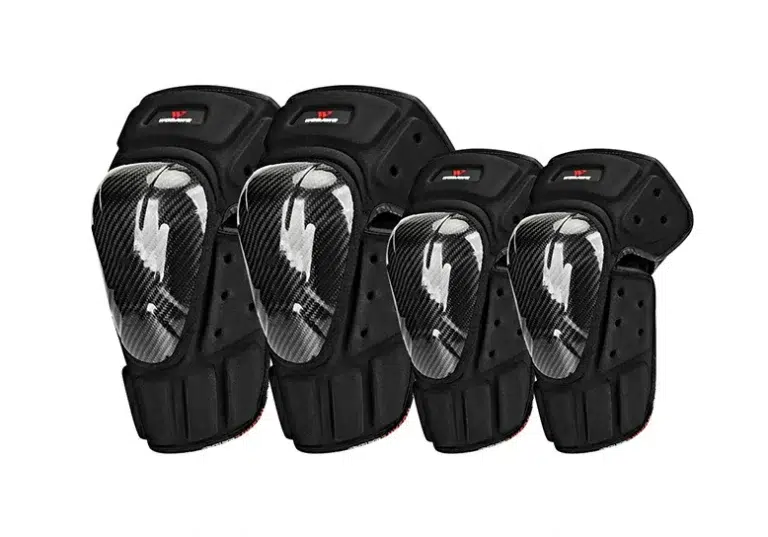**Carbon Fiber: A Detailed Technical and Analytical Overview**
Carbon fiber is an advanced material known for its superior strength-to-weight ratio and exceptional physical properties. This article provides a thorough examination of carbon fiber, supported by detailed data and technical insights, addressing its composition, properties, applications, challenges, and future potential.
### Composition and Manufacturing Process
**Composition**: Carbon fiber consists of thin filaments primarily made of carbon atoms bonded together in a crystalline structure. These fibers are typically 5-10 micrometers in diameter and are bundled to form strands, which can be woven into fabric or used in composites.
**Manufacturing Process**:
1. **Precursors**:
– **Polyacrylonitrile (PAN)**: Accounts for approximately 90% of carbon fiber production. PAN-based fibers offer high strength and modulus.
– **Pitch**: Derived from petroleum or coal tar, used for fibers requiring high thermal conductivity.
2. **Stabilization**:
– The precursor fibers are oxidized in air at temperatures between 200-300°C, converting them into a thermally stable structure.
3. **Carbonization**:
– Stabilized fibers are heated to 1000-3000°C in an inert atmosphere (usually nitrogen) to remove non-carbon elements, resulting in fibers with carbon content of 92-99%.
4. **Surface Treatment**:
– Electrochemical oxidation or gas-phase oxidation introduces functional groups on the fiber surface to improve bonding with polymer matrices. This treatment enhances interfacial adhesion in composites, crucial for mechanical performance.
5. **Sizing**:
– A sizing agent, typically an epoxy or polyester resin, is applied to protect fibers during handling and processing, and to improve compatibility with composite matrices.
### Mechanical and Thermal Properties
**Tensile Strength and Modulus**:
– **Tensile Strength**: Typically ranges from 3,500 to 6,000 MPa, depending on the type and grade of fiber.
– **Tensile Modulus**: Ranges from 230 to 600 GPa, contributing to high stiffness and rigidity.
**Density and Weight**:
– **Density**: Approximately 1.6 to 1.8 g/cm³, providing a significant weight advantage over metals like aluminum (2.7 g/cm³) and steel (7.8 g/cm³).
**Thermal Properties**:
– **Thermal Expansion Coefficient**: Ranges from -0.1 to -1.0 ppm/°C, indicating minimal dimensional changes with temperature fluctuations.
– **Thermal Conductivity**: Varies significantly, from 5 W/mK in standard fibers to 1000 W/mK in high-performance pitch-based fibers, making them suitable for thermal management applications.
**Corrosion Resistance**:
– Carbon fiber is chemically inert and exhibits excellent resistance to corrosion and chemical degradation, making it ideal for use in harsh environments.
### Industrial Applications
1. **Aerospace and Defense**:
– Carbon fiber composites are used in aircraft components such as fuselages, wings, and tail sections, accounting for up to 50% of the structural weight of modern aircraft like the Boeing 787 Dreamliner.
– The material’s high strength and low weight contribute to fuel efficiency improvements of 20-30%.
2. **Automotive Engineering**:
– Used in high-performance vehicles for components like chassis, body panels, and interior elements. Carbon fiber can reduce vehicle weight by up to 60%, enhancing speed, handling, and fuel efficiency.
– Increasingly used in mainstream automotive manufacturing to meet fuel economy standards and reduce emissions.
3. **Sporting Goods**:
– Carbon fiber’s lightweight and durable properties enhance performance in equipment such as bicycles, golf clubs, tennis rackets, and hockey sticks, providing better control and reduced fatigue.
4. **Construction and Infrastructure**:
– Employed in reinforcing concrete structures, seismic retrofitting, and bridge construction. Carbon fiber-reinforced polymers (CFRP) can increase the load-bearing capacity of structures by 30-40%.
– Used in tensioning cables and reinforcing bars (rebar) to extend the lifespan of infrastructure projects.
5. **Medical Devices**:
– Utilized in prosthetics, orthotics, and imaging equipment due to its biocompatibility, light weight, and radiolucency, allowing for clear imaging without interference.
### Challenges and Limitations
**Manufacturing Cost**:
– The high cost of raw materials and energy-intensive production processes remain significant barriers. Carbon fiber production costs range from $15 to $40 per kilogram, impacting its widespread adoption in cost-sensitive markets.
**Recycling and Sustainability**:
– Current recycling methods, such as mechanical grinding and pyrolysis, often degrade fiber properties. Efforts are underway to develop more efficient and cost-effective recycling technologies, including solvolysis and supercritical fluid methods.
**Brittleness**:
– Despite its high tensile strength, carbon fiber is brittle and can fracture under impact or compressive load


